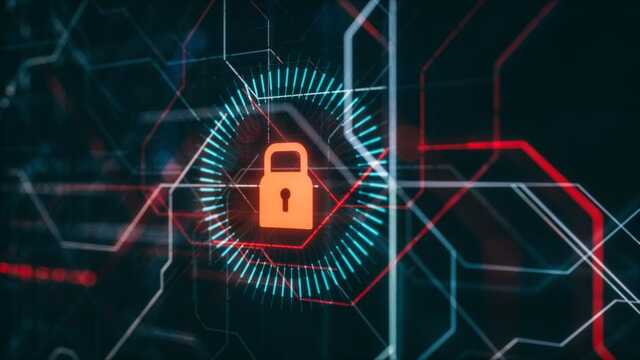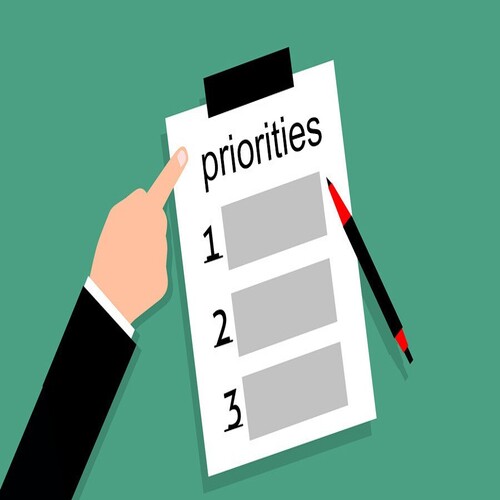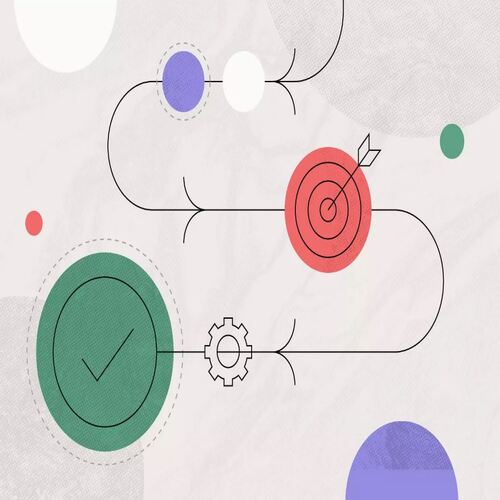A ticketing system can improve the posture of your cyber security team

As organizations continue to rely more and more on technology, the importance of strong cyber security has become increasingly clear. Cyber attacks and data breaches can have serious consequences for businesses, including financial losses, reputational damage, and regulatory fines. In order to effectively protect against these types of threats, it is essential for organizations to have the right tools and processes in place.
One tool that can be extremely useful in the field of cyber security is a ticking system. Ticking systems, also known as ticketing systems or issue-tracking systems, are software tools used to manage and track the progress of tasks, issues, or problems within an organization. In the realm of cyber security, these systems can help organizations to identify and resolve potential threats or vulnerabilities in a timely and efficient manner.
But the benefits of a ticking system go beyond just managing and tracking tasks and issues. These systems can also help organizations to improve their overall cyber resilience, increase efficiency and productivity, and even educate and train employees on important cybersecurity best practices.
One of the key benefits of a ticking system is the ability to prioritize tasks and issues based on their importance and urgency. With a tickling system, organizations can easily categorize and assign tasks or issues based on their level of priority, allowing teams to focus on the most pressing and critical issues first. This helps to ensure that important tasks are not overlooked or neglected, and that the organization is able to respond quickly to any emerging threats or vulnerabilities.
In addition to prioritizing tasks and issues, a ticking system can also help organizations to track and monitor the progress of these tasks and issues. With a tickling system, organizations can easily see the status of each task or issue, including who is responsible for it, how long it has been open, and what actions have been taken so far. This helps to ensure that tasks and issues are not forgotten or left unresolved, and that the organization is able to stay on top of any potential threats or vulnerabilities.
But a ticking system can do even more than just track and monitor tasks and issues. These systems can also help organizations to coordinate and collaborate more effectively. With a tickling system, different teams and individuals can easily share information and collaborate on tasks and issues, improving communication and coordination within the organization. This can be especially beneficial in the field of cyber security, where it is often necessary to work with multiple teams and departments to effectively respond to and resolve cybersecurity issues.
One of the most powerful benefits of a ticking system, however, is the ability to improve an organization's overall cyber resilience. By providing a central repository for all cybersecurity-related tasks and issues, a tickling system can help organizations to better prepare for and respond to future cybersecurity incidents. This can be especially important in today's digital landscape, where new threats and vulnerabilities are constantly emerging. By storing all of the relevant information and documentation related to a particular task or issue in a single location, organizations can easily access and utilize the resources they need to identify and resolve potential threats or vulnerabilities, improving their overall cyber resilience and reducing the risk of future breaches.
Finally, a ticking system can also help organizations to improve their overall efficiency and productivity by streamlining the process of managing and tracking tasks and issues. With a tickling system, organizations can automate many of the manual processes associated with task and issue management, freeing up time and resources for other important tasks. This can help organizations to better utilize their resources and optimize their operations, improving overall efficiency and productivity.
In conclusion, a ticking system can provide a range of benefits for cyber security, including the ability to prioritize and track tasks and issues, improve collaboration and coordination, improve cyber resilience, and increase efficiency and productivity. By implementing a tickling system, organizations can better manage and respond to cybersecurity issues
The Art of Prioritization: 7 Steps to Determine the Most Important Tasks and Get Them Done
Practice the art of prioritization to increase your productivity and knock out your goals.
How to Set and Achieve Your Goals Using a Task Management System
Keeping track of your goals and creating a way to have small wins will help your objects faster.
The Power of Habit: Six Ways To Build Good Habits And Improve Your Productivity
Check out these six steps to help you improve your productivity and build good habits.


